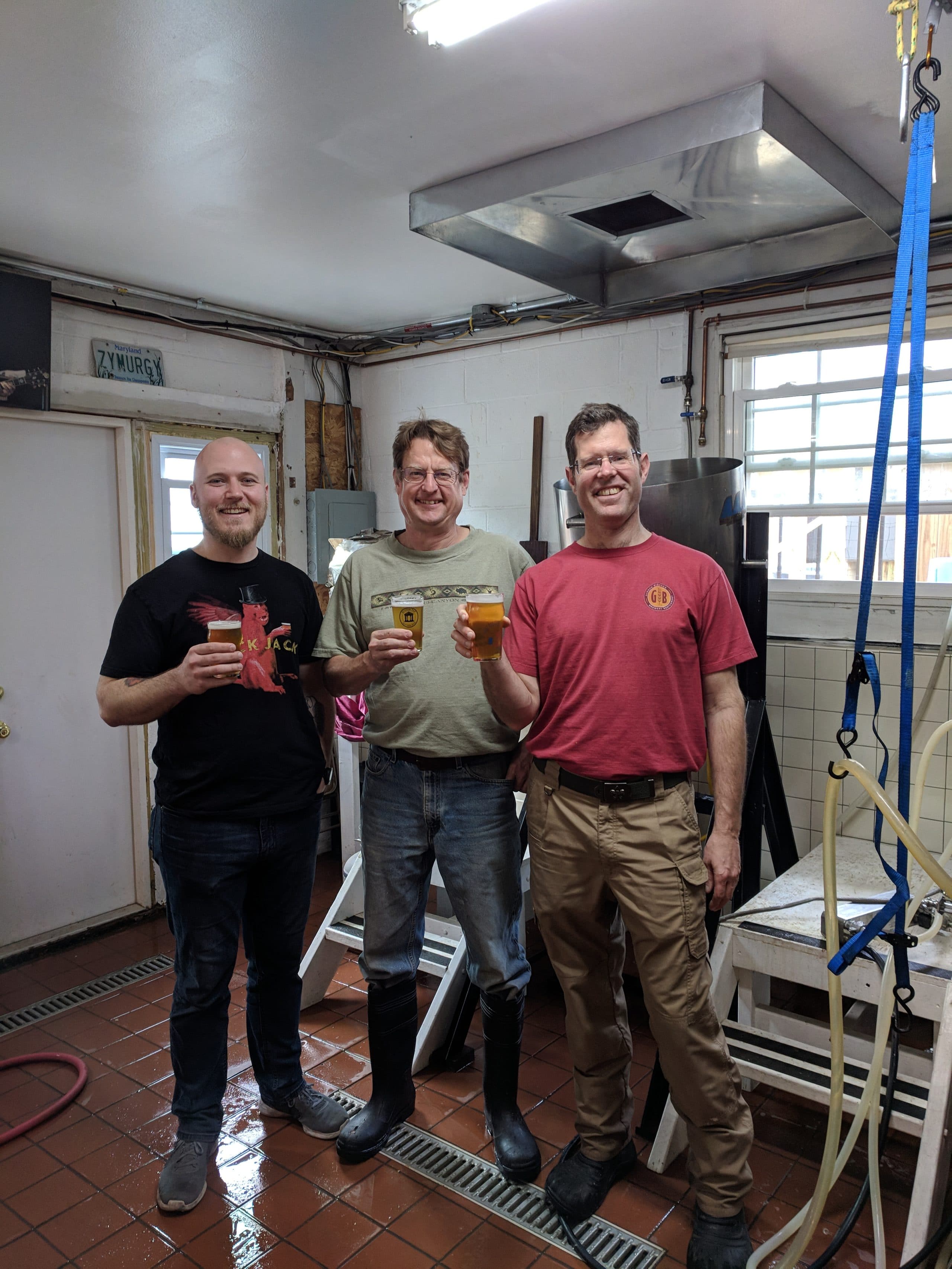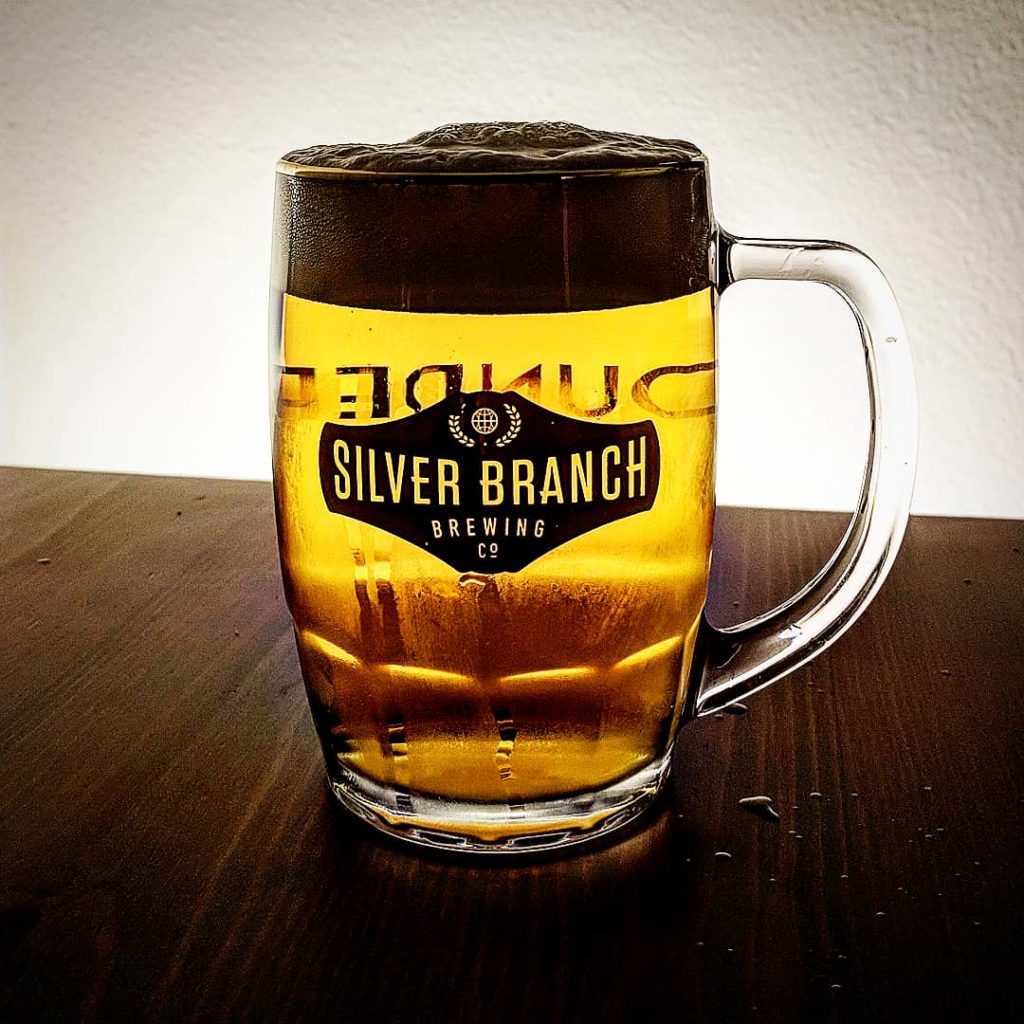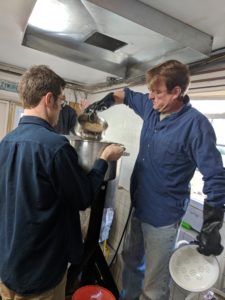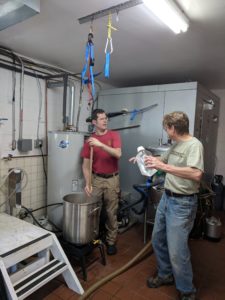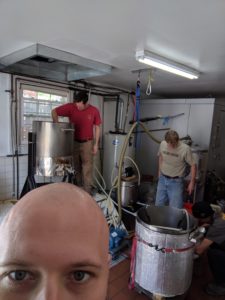Brewing a test batch for our Silver Branch Brewing Company Czech Pilsener, Glass Castle, was a welcome respite after many months of mostly financial spreadsheets, business planning, raising capital, negotiating a lease and many other things that were not brewing! I’m finally brewing again with some with some consistency. It feels great, and it feels even better to be brewing with different partners. Four professional collaborations, three homebrew collaborations and a solo homebrew in recent months; this is starting to feel like a habit again. A really good habit.
Glass Castle Czech Pilsener
Czech Pilsener was the first beer I got tipsy drinking and was one of my favorite beers to brew and drink at Gordon Biersch. I feel lucky to have had so many opportunities to brew this style during my years with Gordon Biersch, and even more so to have won a silver medal at the Great American Beer Festival for the Gordon Biersch Czech Pilsener. I have some ideas for Silver Branch Brewing Company’s Czech-style Pilsener, Glass Castle. They vary slightly from the Gordon Biersch recipe I used, so I set out to test my recipe and process. My fellow BURP homebrew club member Jim Busch hosted a test brew in April. With equipment to knock out and ferment at lager temperatures, Jim’s long history of making outstanding lagers, and equipment large enough to make 30 gallons at a time, his brewery was ideal for this test batch.
If it Ain’t Broke, Don’t Fix It
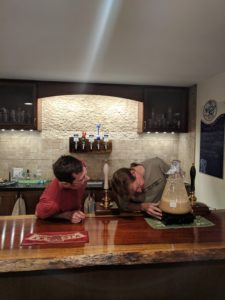
We will use imported Czech malt and hops to capture the terroir. Reverse osmosis filtered water will help ensure Glass Castle has that special pillowy malt character and essential assertive yet soft hop bitterness traditional for a Czech Pilsener. And finally, we will use a decoction mash and first wort hopping for malt depth and richness with a fine and persistent noble hop aroma.
Others can experiment with how many elements of traditional Czech brewing you can leave behind before you lose that magic combination of drinkability and flavor. We are happy carrying those traditions forward if they result in Glass Castle being an authentic rendition.
Taste the Results!
Join us at Republic in Takoma Park for their 5th annual Freedom Fest and sample our very own Glass Castle Czech Pilsener! You should consider landing yourself a fancy mug especially tailored for drinking Pilsener by becoming a Founding Club Member.
The Recipe
We planned Glass Castle to be brewed to 12° Plato and 40 IBU, with an alcohol content of 5% ABV
Grain Bill
Hops
Yeast
WLP 800 Pilsner lager yeast (this is reputed to be the Pilsener Urquell yeast). Thanks Jeff Ramirez of Denizens Brewing Company for hooking us up with the yeast and hops!
Water
We added 1 tsp 88% lactic acid to acidify the mash
Decoction Mash
3:1 liquor to grist ratio by weight (converts to 1.3: 1 quarts to pounds). Mashed in at 144° and held it for 10 minutes. Pulled one third of thick mash and brought slowly to a boil. Boiled for 20 minutes. Returned the boiled portion to the main mash (which had cooled sufficiently at this homebrew scale equipment that the temperature was only 148). Raised the temperature to 154 and held for 30 minutes. Raised the temperature to 170 for mashout.
Sparge
We sparged until last runnings went below 2° Plato. At that point the pH was 5.96—just under 6, when we would also have cut it off. We topped off with liquor up to our pre-boil volume.
Boil and Whirlpool
The boil was 90 minutes, with the first hops added with 60 minutes left in the boil. The second hop addition was added with 30 minutes left, and the final hops were added 5 minutes prior to flamout. The whirpool rest was 20 minutes prior to knockout. We used Whirlfolc T as kettle finings 10 minutes prior to the end of boil.
Knockout and Fermentation
Due to brief user error, knockout temperature came in a bit higher than we had aimed for, at 58. We brought the temperature down to 54, aerated with oxygen, and then pitched the yeast. We fermented at 52° for two weeks with a diacetyl rest at 58 for 3 days. The beer was crashed and lagered for an additional 3 weeks prior to kegging. Carbonation was captured naturally be closing the fermenter at 1° Plato prior to hitting terminal gravity.
